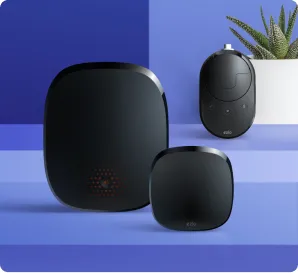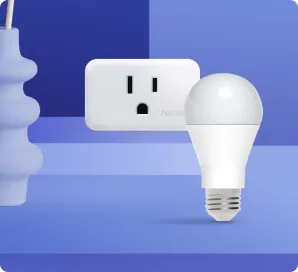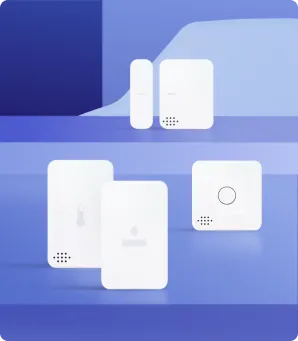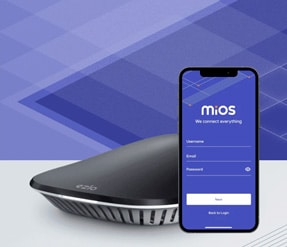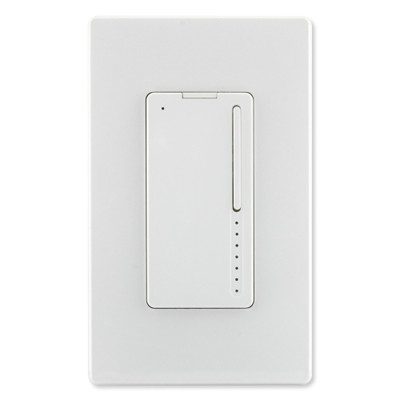Home system automation and the Internet of Things
The automated home system. A fully integrated network of lights, cameras, thermostats, home theatres, door locks, fridges, sensors, and other electronic devices. All interconnected through the internet, giving you control of every aspect of your home from a central hub, e.g., a tablet or smartphone.
A smart home system is a concept closely related to the Internet of Things (IoT). In general, the IoT is devices connected to the web. But a better definition would be devices that ‘talk’ to each other. For example, your smartphone tells your smart home you are almost home so that it’s ready for you.
It sees you coming in using the camera you perched on top of the driveway, lights up the driveway, and opens the garage door. Nice. Meanwhile, the inside of the house is busy too, tuning the thermostat temperature just right, playing music, setting up some ambient mood lighting.
Quite nice. Or spooky if you are paranoid.
Is the IoT smart home system the future?
Yes. Undeniably it is. Everything is moving to the internet. And if Mark Zuckerberg has his way, even you will be moving there using something called a Metaverse. The smart home system is already here though early adopters will tell you that the IoT currently has a fragmentation problem.
The fragmentation problem stems from the fact that different devices are not doing a good job talking to each other. Differing protocols and standards of communicating mean interconnectivity between devices from different manufacturers are far from perfect.
Only when common standards emerge, so devices connect seamlessly to each other can we begin to experience the true potential of IoT in automated home systems. Another serious concern is security.
In 2016, IoT botnets called Mirai used a network of 4.3 million unsecured interconnected camera systems to bring down a host of prominent websites in a DDoS cyberattack. Cyberattacks can happen to your home. A hacker with access to your smart home system is essentially in control of your house, able to spy and steal with impunity.
Despite this, things are looking up. The IoT market is stable and provides undeniable value. An example outside of homes is IoT stormwater management systems using real-time weather data to predict and control stormwater flow. Therefore reduce flooding, erosion, and sewer overflow.
In homes, an area where digital home systems have been effective is smart security. Ensuring that a home with no one in it is still secure.
How a smart home system can secure your home
Automated home security makes it possible for you to monitor your home at all times. A system of cameras, sensors, locks, and alarms connected to the net. Even when you are not watching, the automated home system is vigilant.
Here is a rundown of various parts of a smart home system that secure your home:
Security cameras
Well-placed security cameras can spot an intruder from the outside and if they gain entry, see them inside as well.
When they notice something is amiss, a security camera can send you an alert, signal the alarm to start, and even notify the police or security company. Security cameras can also sense motion and begin recording at critical moments for evidence purposes.
Smart Sensors
Fire detectors, CO detectors, and moisture sensors allow you to keep your home safe from these deadly and costly threats.
Accidental carbon monoxide poisoning kills 430 people annually. 50,000 more get hospitalised. Water damage is the second leading home insurance claim in the US – a structural threat that can prove to be very expensive.
Sensors monitor these variables to ensure your home and loved ones are safe. Sensors on your doors and windows conveniently enable you to check all entrances are shut.
Smart Locks
Lock your door with a four-digit code and use the code or your smartphone to get in. Send a trusted person a digital key so they can get in without you being there. Digital home systems with intelligent locks provide versatile options to access your home securely. No more metal keys!
Alerts and Alarms
Intruder alert digital home systems send you notifications if something is wrong. They can blare alarms and scare away burglars. A smart home system watching your home can act as a secondary caregiver to your baby, pet, or elderly folk. Some can notice signs of distress in people and alert you, like an epileptic episode or crying baby.
Conclusion
A well-integrated smart home system provides users with security, convenience, and even cost savings. Thermostats, lights, and locks are all optimally controlled for max efficiency. A smart home system equals safe and easy living.

